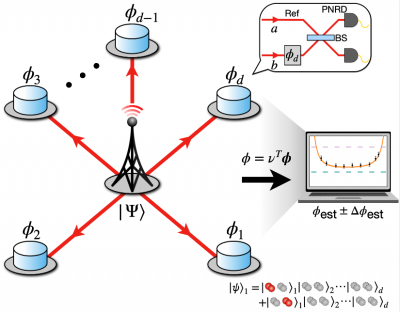UPDATE: The University at Albany (UAlbany) has just announced a groundbreaking partnership, securing a substantial $1.2 million grant from the National Science Foundation (NSF) to investigate tropical monsoon rainfall patterns. This urgent research initiative aims to analyze weather data spanning the last millennium, focusing on regions across Asia, Indonesia, and Australia.
This project is crucial as it seeks to uncover how monsoon patterns have evolved and what they may look like in the future, particularly in light of a changing climate. Researchers will combine natural records, such as tree rings and sediment layers, to create a clearer picture of past rainfall trends. This information will be vital for understanding the potential impacts of climate change on these critical weather systems.
The implications of this research are significant. Monsoon seasons are vital for agriculture and water supply in many Asian and Australian communities. As climate change continues to pose threats to weather patterns globally, this study will provide essential insights that could help mitigate risks associated with extreme weather events.
According to UAlbany officials, the grant was awarded following a competitive review process, highlighting the importance of interdisciplinary collaboration in tackling pressing environmental issues. The research team, comprised of experts from various fields, is eager to start this ambitious project.
As scientists work to piece together the climate puzzle, the findings from this study could reshape our understanding of monsoon dynamics. Their results will not only inform local communities but also contribute to global climate models, enhancing preparedness and response strategies.
Stay tuned for further updates as UAlbany embarks on this pivotal research journey. This project could influence how we adapt to changing weather patterns and better prepare for the future.







